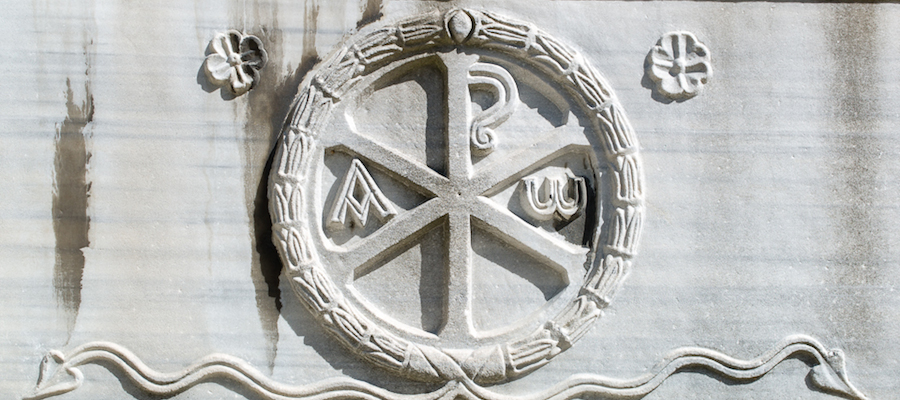Early Medieval Graphicacy in a Comparative Perspective, University of Oslo, Blindern, June 9–10, 2016
This conference is the last of a series for the Graphicacy and Authority in Early Medieval Europe Project. The aim of the project has been to gather scholars from a wide range of disciplines to discuss the increasing role of non-figural graphic devices across a wide range of media, from manuscripts to architecture and mass-produced objects.
Visual communication in Late Antiquity and the early Middle Ages is conventionally analysed using methods specific to either figural imagery (and visualcy of the past) or literary productions (and literacy). In contrast, our project focuses on non-figural graphic devices which are intermediaries between texts and pictures, and which appear during Late Antiquity and the early Middle Ages. The project operates with a working hypothesis that these graphic compositions attest to early graphicacy, which has been defined as a visual mode of communication of conceptual information and abstract ideas by means of non-figural graphic devices, which may comprise inscribed letters, words, or decorative symbols.
Our previous conferences have examined functions and contextual usage of graphic devices such as monograms, christograms, the staurogram, the sign of the cross and symbolic ornaments on a wide array of material as well as the monogrammatic and decorated initials, graphic symbols, and ornamental designs that appear in early medieval manuscripts. In this closing conference, we would like to include early non-figural graphic devices that are more familiar to specialists in modern graphicacy, namely maps and diagrams.
The objective of this conference is to gather scholars from a wide range of disciplines including but not limited to art history, archaeology and cultural history of Late Antiquity and the Middle Ages in the Latin West and Greek East for comparative discussions of early non-figural graphic devices in different media, regions, or chronological periods. We are especially interested in papers dealing with different forms of early graphicacy in a comparative perspective as well as common cognitive mechanisms that enable their deployment in visual communication.
Featured speakers include Henry Maguire (Johns Hopkins University), Herbert Kessler (Johns Hopkins University), Richard J.A. Talbert (University of North Carolina, Chapel Hill), and Bruce S. Eastwood (University of Kentucky).
